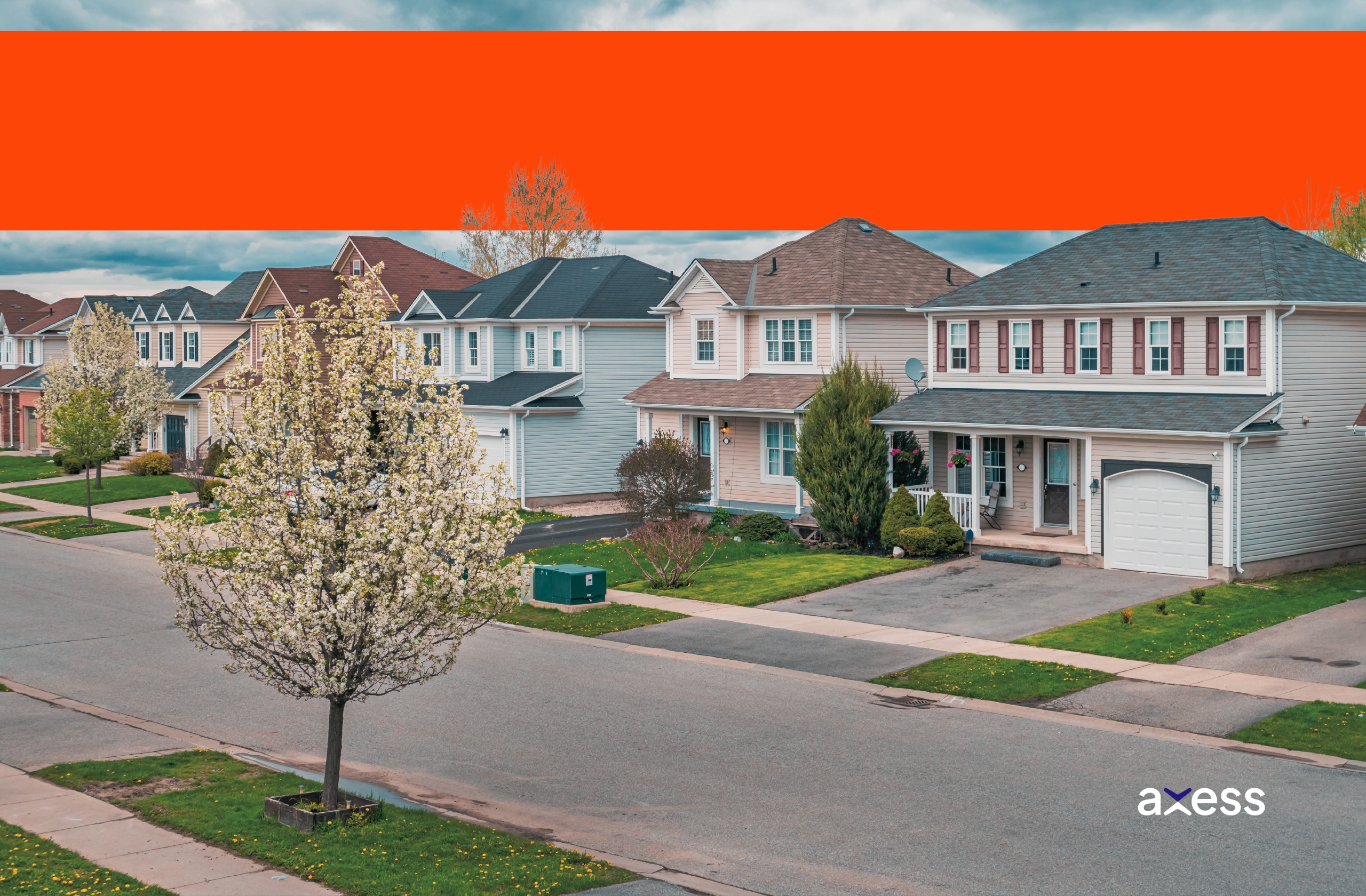Who Owns the Trees in your Backyard?
Published on 2 April 2019, 12:00:53 PM
Many people view their front and back yards as blank canvases, full of landscaping possibilities. A pool or organic garden may be part of a homeowner or prospective homeowner’s grand plans. Many people don’t think to speak to their real estate lawyer about such plans. But if a tree is getting in the way of these plans, think twice before taking a chainsaw to it or hiring a professional to remove the tree. Are you absolutely sure that the tree in question is yours and yours alone to cut down?
Trunk Location is Key
Every tree which has a trunk growing on the boundary between adjoining lands is the common property of the owners of the adjoining lands. According to a decision reached in the courts recently dealing with a dispute between two Toronto land owners, the ownership of a tree is not only determined by the trunk at ground level, but below soil level as well. The width of the trunk at ground level is sometimes misleading as it is usually thinner than the trunk below the surface. By digging a little deeper, one might see that in fact the trunk in fact lies in part on the neighbouring property even though it was not visible at ground level. The entire tree must be considered, from the point where the tree has begun to grow at the roots, all the way up to the branches.
To Cut or Not to Cut …
Those who injure or destroy a tree growing on the boundary between adjoining lands without the consent of the land owners commit an offence. The fine for such an offence? Up to $20,000 or imprisonment for 3 months or both. I don’t know about you, but it seems that the potential pool or garden should be put on hold until more investigation is done. And when in doubt, talk to your real estate lawyer.
Do you need advice on tree-related law? Contact us now!





